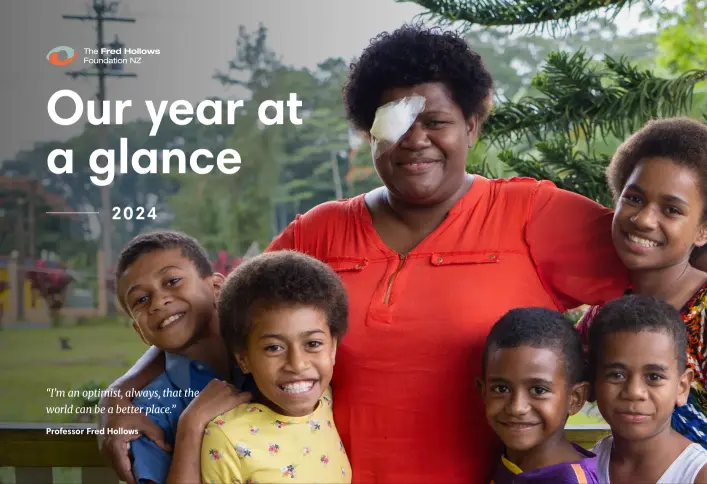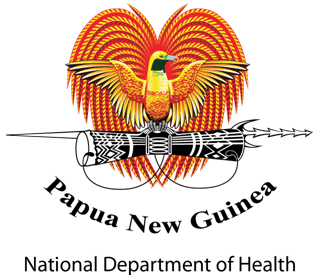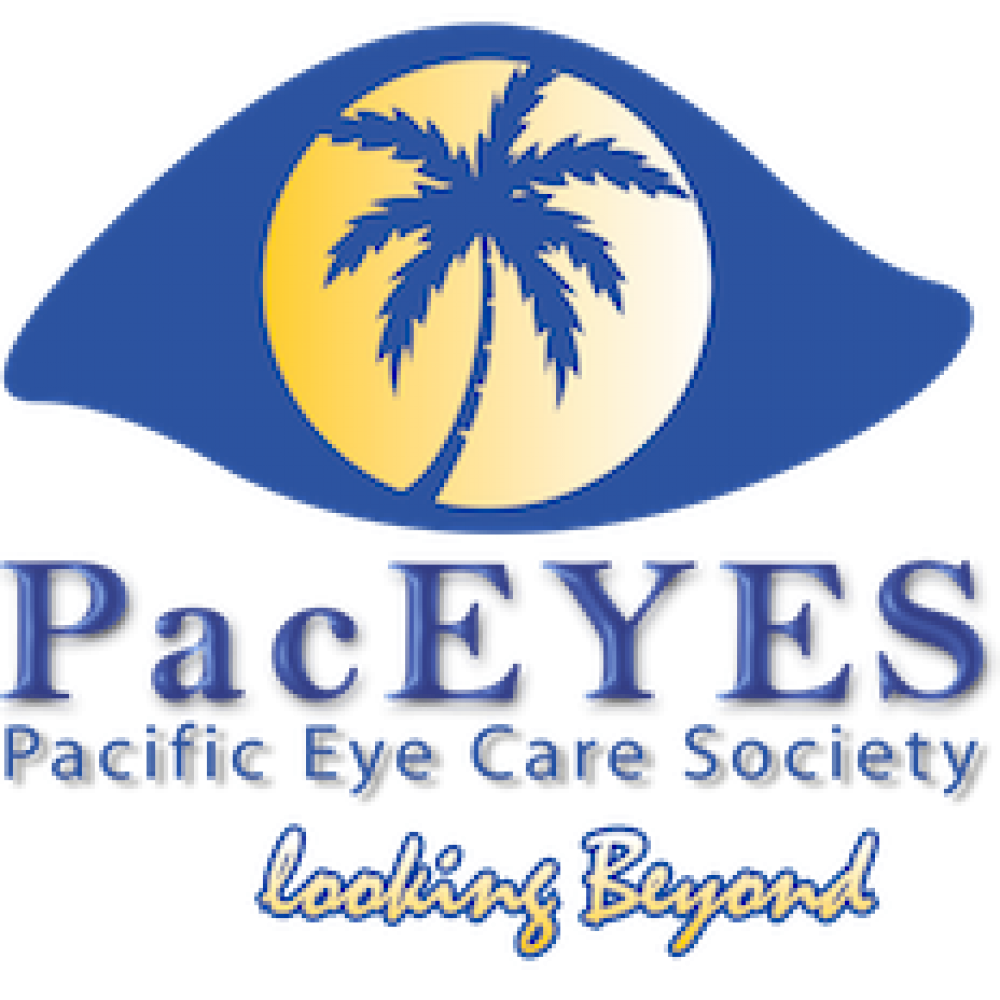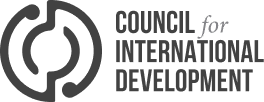Outcomes of small incision cataract surgery provided by a regional population in the Pacific: Three months and 12 months follow-up
Between September 2014 and January 2015, 156 patients underwent small-incision cataract surgery at the Pacific Eye Institute, Suva, Fiji. 74 percent of surgeries were performed by trainee ophthalmologists. Pre- and post-op eye examinations were performed by two independent investigators. 91 percent and 67 percent of operated eyes were available for examination at three months and 12 months, respectively.
At three months, 74 percent of surgeries achieved “good” (≥6/18) unaided vision, with 94 percent achieving good visual outcomes when corrected with appropriate spectacles. At 12 months, these figures had dropped slightly to 69 percent and 91 percent, respectively. Cataract surgery outcomes were largely stable — the cases where vision had reduced were caused by posterior capsule opacification, a common complication of cataract surgery, which was corrected at follow-up, and development of other conditions including diabetic maculopathy and glaucoma.
Notably, the best corrected visual acuity outcomes at both three and 12 months exceed the World Health Organization benchmark of ≥90 percent “good” visual outcomes. Refinements in techniques that minimise residual refractive error, and reduce post-operative complications, may allow a higher proportion of patients to achieve better vision without the need for glasses.
These results suggest that patients in the Pacific region can achieve and maintain a good level of corrected vision following small incision cataract surgery, and the outcomes of The Foundations’ clinicians and ophthalmology trainees at the Pacific Eye Institute meet international standards.
Bhikoo, R., Vellara, H., Lolokabaira, S., Murray, N., Sikivou, B., & McGhee, C. (2017). Short‐term outcomes of small incision cataract surgery provided by a regional population in the Pacific. Clinical & experimental ophthalmology, 45(8), 812-819.
Bhikoo, R., Vellara, H., Lolokabaira, S., & McGhee, C. N. (2017). Small incision cataract surgery provided by a regional population in the Pacific: a 12‐month follow‐up. Clinical & experimental ophthalmology.






































